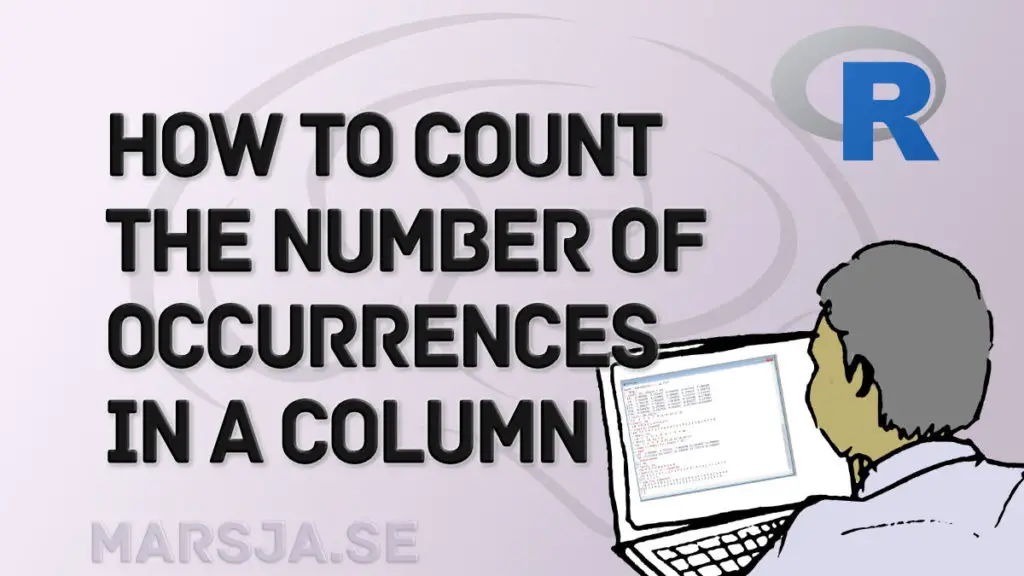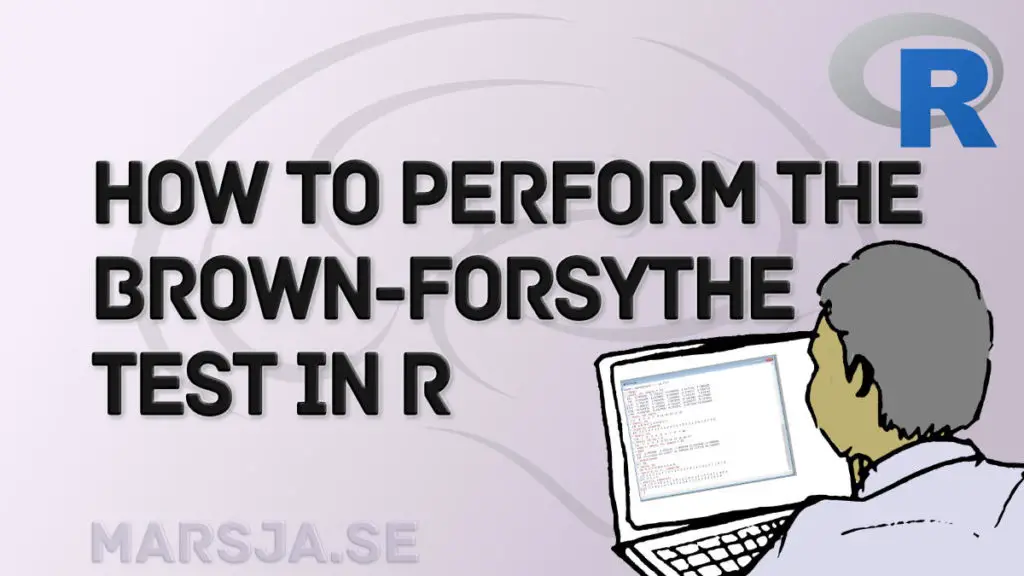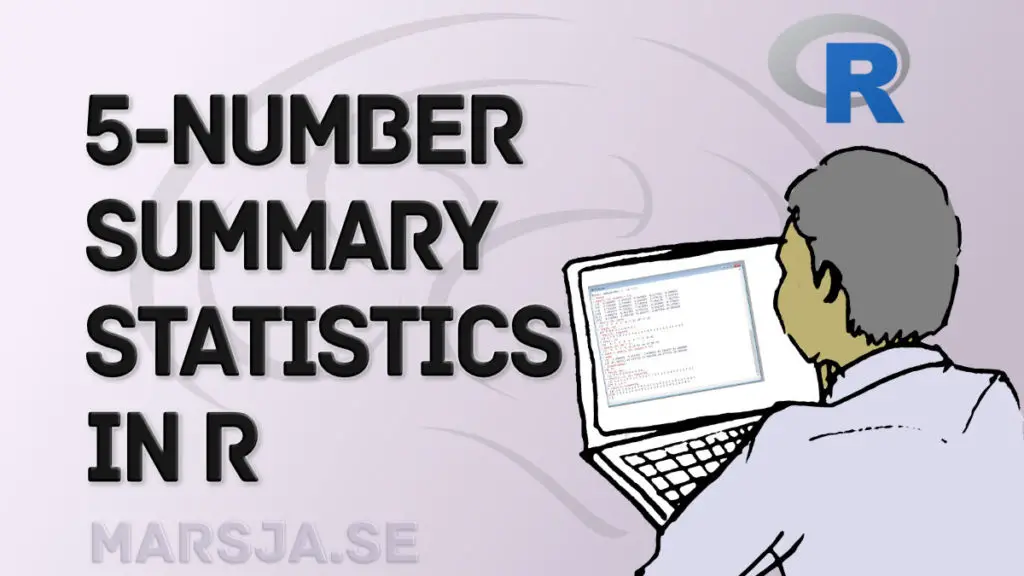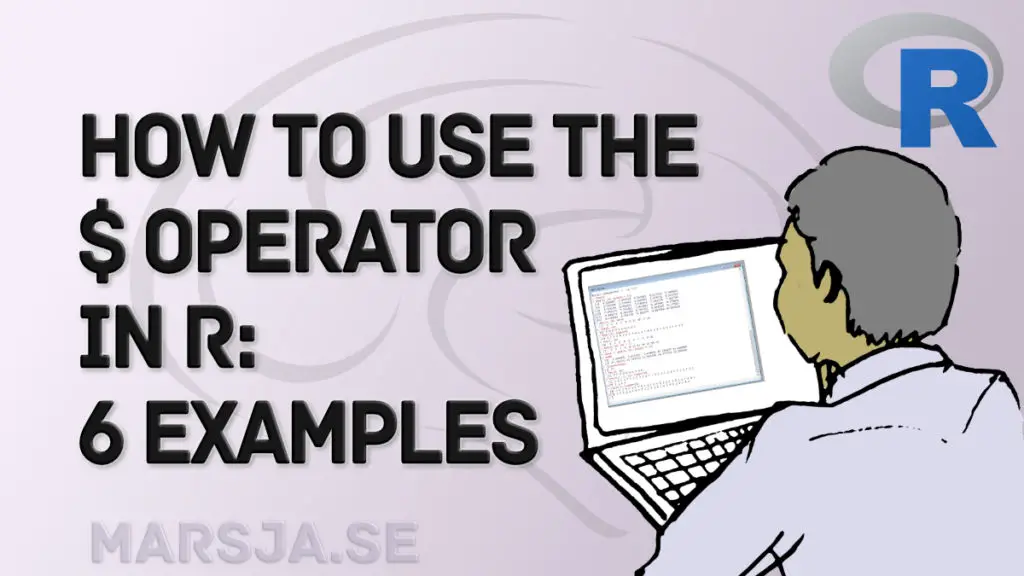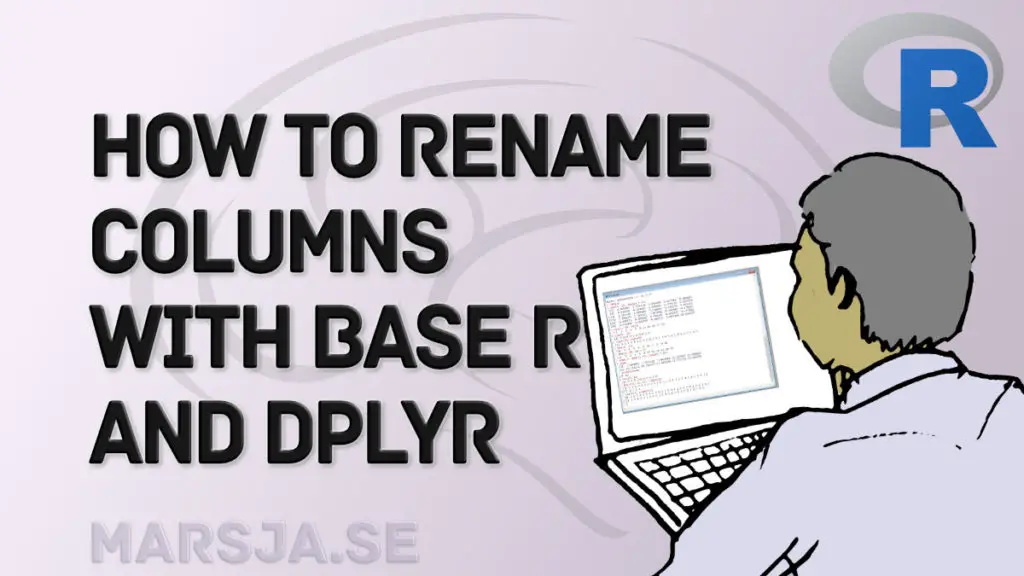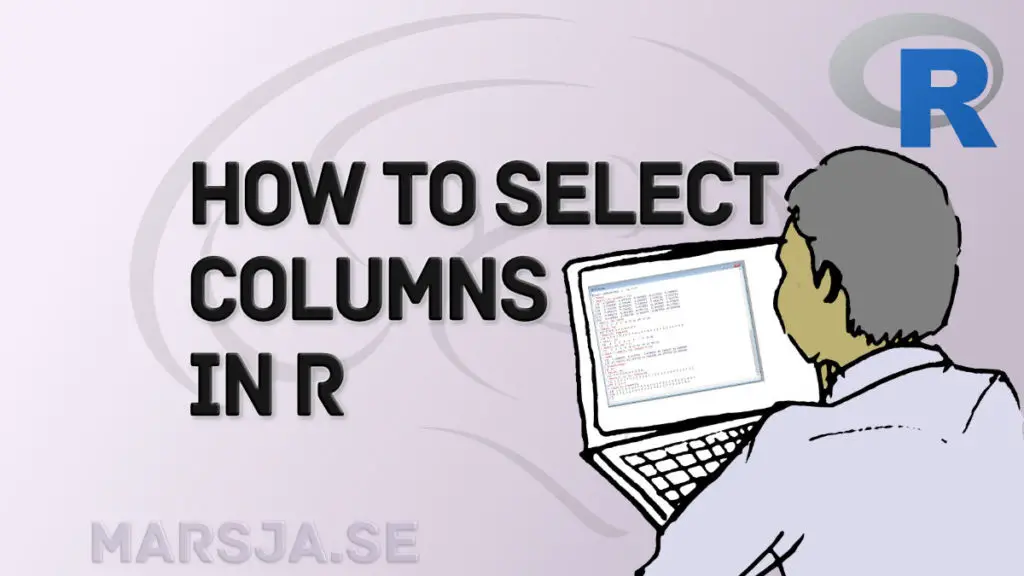How to Convert Matrix to dataframe in R with base functions & tibble
In this short tutorial, you will learn how to convert a matrix to a dataframe in R. Specifically, you will learn how to use base R and the package tibble to change the matrix to a dataframe. You will learn this task using four examples (2 using each method). Outline This post is structured as […]
How to Convert Matrix to dataframe in R with base functions & tibble Read More »

